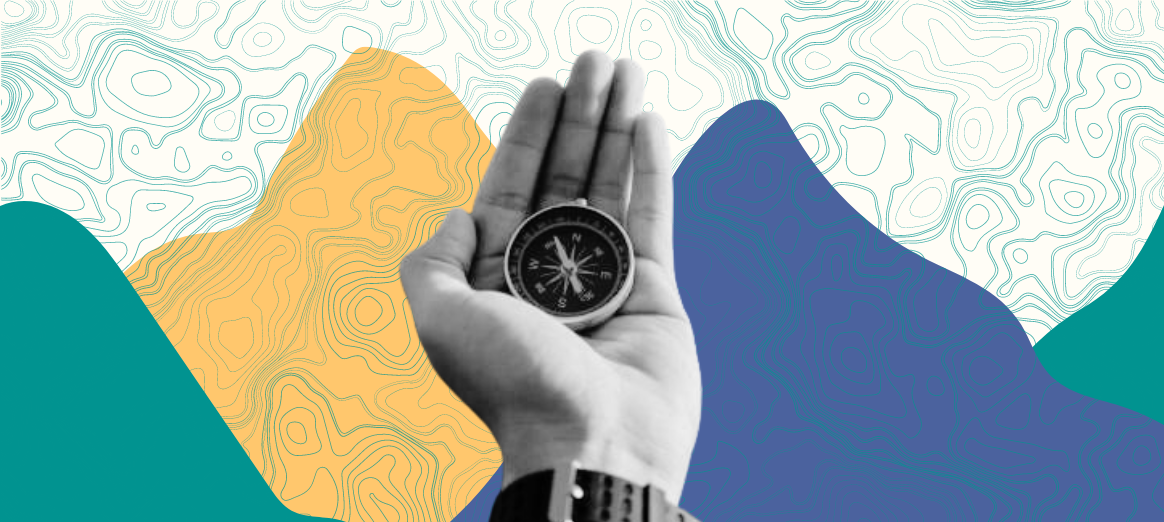If your journey mapping efforts are falling short, odds are that one of these 4 gaps are to blame.
Journey mapping is one of the core tools in the customer experience professional’s tool kit—and with good reason; they help organizations understand what the customer experience is and what it should be.
Among other benefits, journey maps are proven to drive significant improvements in customer and employee experience, support customer-centric thinking, and help knock down cross-organizational silos that make it more difficult for customers to accomplish their goals. As journey mapping awareness and expertise continues to expand, organizations are getting better at creating journey maps. But activating those maps in ways that measurably drive results continues to be a challenge for many.
The four most common “activation gaps” are described here—as well how leaders successfully navigate and close them.
-
Closing the Customer Expectations Gap
When your brand makes promises that your customer experiences don’t deliver on, you’re setting expectations that can’t be met. When you have a customer expectations gap, journey maps tend to focus more on solving touchpoint-level problems than macro issues that affect all journeys—but aren’t always easy to quantify in a map.
Companies that succeed at closing this gap invest in measuring the experience, understanding expectations all-up, and defining a brand-aligned experience vision (referred to sometimes as an experience “North Star”). And they support it with a strategy to consistently bring that vision to life for employees, customers, and other stakeholders.
This makes it much easier to design and deliver experiences that align to the core of your brand, allowing you to leverage what you learn from your journey maps to truly delight your audiences—consistently meeting, or exceeding, their expectations.
-
Closing the Organizational Capabilities Gap
This gap happens when existing silos, systems, and structure make it difficult to deliver integrated, digital-first experiences. In other words, the business lacks the organizational capabilities to properly activate the solutions to the problems your journey maps uncover. There are a couple of different ways to close this gap.
The first and most common (because it's the easiest) is to link your journey map to a view of the people, processes, data, technology, and capabilities that impact the experience. Sometimes referred to as ecosystem, backstage, or below-the-line mapping, this gives you a direct line of sight to the systems that may be responsible for some of the issues your maps uncover.
For organizations going all-in on customer centricity, an increasingly common practice is to adopt a customer experience operating model (CXOM), which essentially reframes the way that the organization runs itself and delivers value to its customers by putting customers’ experience at the core of the business.
-
Closing the Leadership Understanding Gap
In some organizations, what leaders believe to be true about your customers, their experiences, and their journeys may be different than what customers actually feel and experience as they engage along their journeys.
This gap can occur when data about customer experiences isn’t regularly gathered or shared with leadership, or when executives have different perceptions based on anecdotal or ad hoc information rather than more defensible insights. As a result, there’s less urgency around prioritizing investments or resources to solve the problems your maps turn up.
If your organization has a leadership understanding gap, the great news is that your journey maps are some of the best tools to help close it. By leveraging customer research and other data from your organization, your maps can provide fact-driven education, highlight customer issues (and causes), and prove the importance and value of activating improvements.
-
Closing the Employee Knowledge and Skills Gap
This gap occurs when employees lack the knowledge, skills, or tools that would allow them to deliver the improved experiences your journey maps identify as needs.
One recent example of this was with a leading insurance company, where journey mapping of the claims process uncovered the importance of increased clarity in communication. The firm gained a better understanding of customer needs from customer service representatives.
By educating care center management and staff on speaking and listening skills, communications styles, and empathy, the experience was significantly improved, with customer satisfaction and loyalty increasing dramatically.
Bringing journey maps—and measurably improved experiences—to life
Working to identify and close your journey mapping “activation gaps” will supercharge your journey mapping efforts and radically accelerate your customer-centric aspirations.
Closing them means that your people—no matter where they sit in the organization— can better understand and deliver on customer and employee expectations, with the tools they need to bring journey maps to life in ways that drive measurably improved customer experiences.


